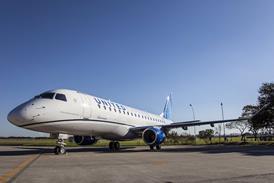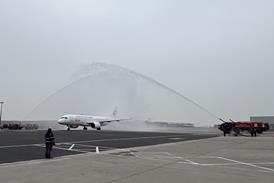The airport, the runway and the aircraft
São Paulo Congonhas airport is the city's downtown domestic and short/medium-haul international aerodrome. It is operated by state-controlled Infraero.
When it was originally built in 1936 it was on a hilltop at the edge of the city, which has now expanded to surround it.
In 1985 long-haul international and transatlantic flights were moved to the new Garulhos airport outside the city because Congonhas was running out of capacity and the runway length was insufficient for heavy departures.
Congonhas has two closely spaced parallel runways, both orientated 17/35, the longer of the two being 17R/35L. On the day of the fatal TAM A320 overrun, the runway in use was 35L.
Because of the hilltop location, extending the main runway to its present length meant both ends had to be constructed on elevated embankments.
Runway resurfacing was completed on 26 June, and Infraero was planning to have the surface grooved after 30 days to allow the tarmac to harden. This will be completed by 27 September, says Infraero.
Airfield elevation: 2,631ft (802m)
Runway 35L landing run 1,879m (6,164ft), threshold displaced 61m, overrun 126m.
Navigation aids: NDB, VOR/DME, ILS
The Airbus A320 (PR-MBK) in the accident, according to TAM president Marco Antonio Bologna, was built in 1998, and was carrying 162 passengers, six crew, and 18 TAM employees. All died, and Bologna says that three people in the TAM Express building have been confirmed dead, five are missing and 11 are in hospital. The aircraft landing weight of 62.7t was below maximum landing weight for the conditions, says Bologna. The pilots were both captains with more than 13,000h total flight time each.
Source: Flight International























